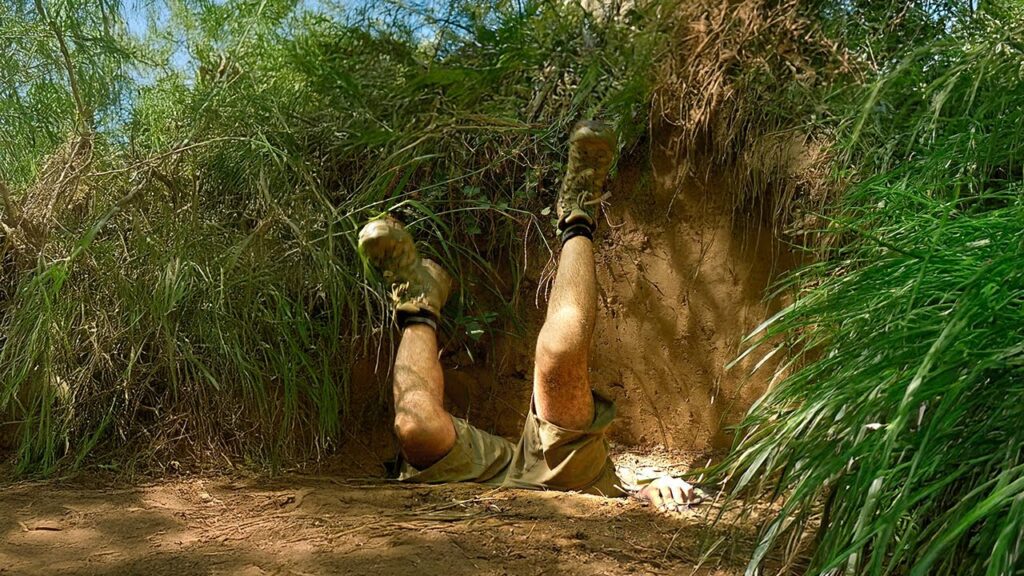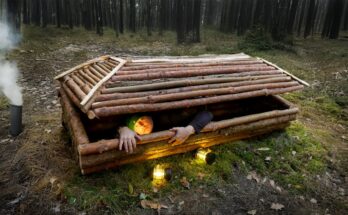
A hidden survival hole offers shelter without detection. Choose a remote, natural location—under dense foliage or near a creek. Dig deep, at least 4–6 feet, with a slanted entrance for drainage. Reinforce walls with wood or metal sheets to prevent collapse. Camouflage the entrance with branches, leaves, and sod. Use a small, smokeless fire pit away from the hole, or opt for a underground cooking trench. Keep tools, water, and supplies inside. Always leave no trace—pack out waste, avoid disturbing wildlife, and blend your structure with the surroundings for safety and sustainability.


